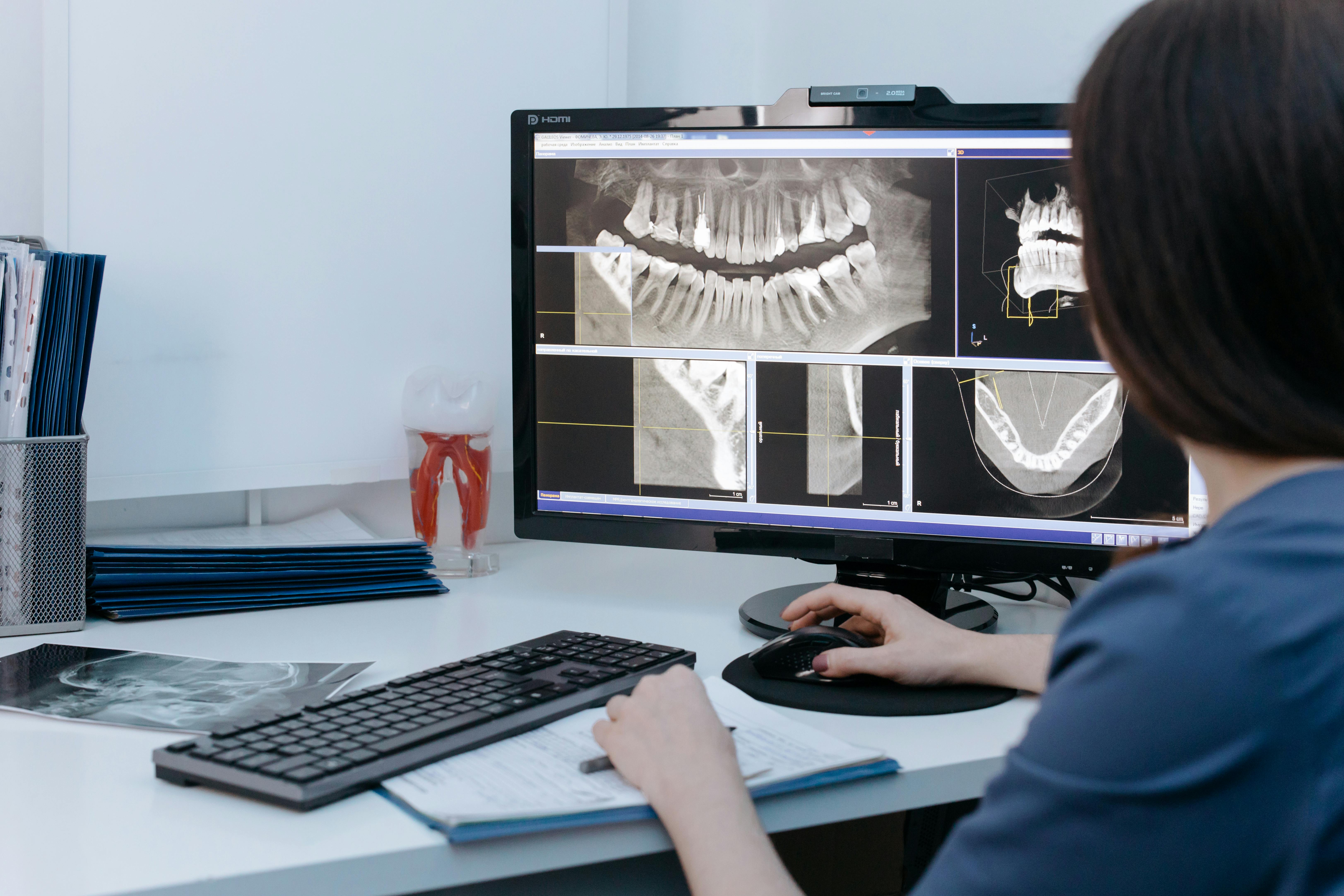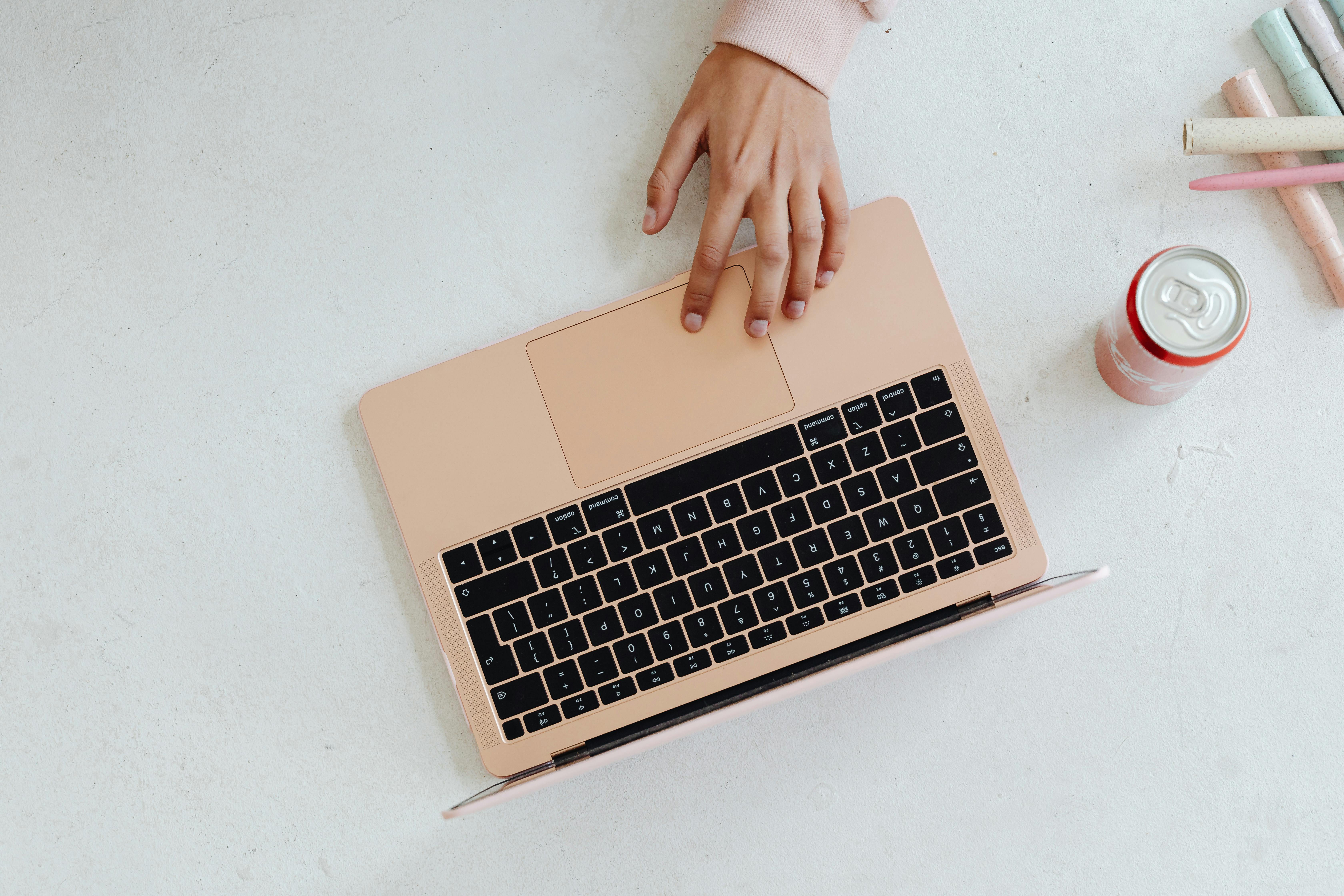Retainers are a popular orthodontic tool used to help maintain the position of your teeth after having braces. They are custom-made devices that fit over your teeth and help keep them in place. While retainers can help prevent your teeth from shifting back to their original positions, they cannot completely stop all movement or reverse any damage that has already been done. In this article, we will discuss how retainers work and if they can help shift your teeth back into the desired position.
Types of Retainers Used to Correct Tooth Movement
Retainers are used to keep teeth in their desired position following orthodontic treatment. There are several types of retainers available, depending on the individual’s needs. The most common type is a fixed retainer, which is made up of a metal wire that is bonded to the back of the teeth. This type of retainer helps to prevent teeth from shifting back to their original position and can also be used for minor tooth movement. Another type is a removable retainer, which consists of either a clear acrylic or metal frame that fits over the teeth and holds them in place. Removable retainers are comfortable and easy to clean and can be taken out for eating, brushing, and flossing.
In addition to fixed and removable retainers, lingual retainers can also be used. These are placed on the tongue side of the teeth and help prevent tooth movement while being practically invisible when worn. Lingual retainers may require additional appointments for adjustments as they must be fit precisely for optimal results.
Finally, clear aligners are becoming increasingly popular due to their convenience and discreetness. Clear aligners work by slowly shifting teeth into their desired position over time and are typically changed out every two weeks or so until treatment is complete. Clear aligners require less frequent visits for adjustments than other retainers but may not be suitable for all patients depending on their needs.
No matter which type of retainer is chosen, it’s important to keep in mind that wearing one consistently will help ensure that tooth movement stays corrected after orthodontic treatment has been completed.
How Does Wearing Retainers Help Prevent Teeth Shifting?
Wearing retainers is a great way to help prevent teeth shifting. Retainers are custom-made dental appliances designed to fit snugly over the teeth and provide support to keep them in their current position. They also help to reduce the potential for further tooth movement, which can occur due to significant changes in the jaw and bite structure.
Retainers come in two forms: removable and fixed. Removable retainers are made of clear plastic and can be taken out when eating or brushing your teeth. Fixed retainers are attached to the back of the front teeth and cannot be removed without professional help.
Wearing retainers helps prevent further shifting of your teeth by providing a consistent, light pressure that keeps them in place. This is especially important if you’ve had orthodontic treatment, which can cause teeth to move back towards their original position if left untreated for too long. Additionally, wearing a retainer can reduce any discomfort caused by misaligned teeth or an improper bite, allowing you to chew and speak with ease.
Retainers should be worn as directed by your dentist or orthodontist, typically for at least one year after orthodontic treatment is completed. After this time period, it may still be necessary to wear them periodically as a preventive measure against future tooth shifting.
Overall, wearing a retainer is an effective way to prevent any further shifting of your teeth after orthodontic treatment or even just as a preventive measure against future movement of your teeth due to changes in mouth structure or lifestyle habits that could cause them to change position over time.
What Are the Benefits of Wearing Retainers?
Retainers are an important part of orthodontic treatment, helping to keep teeth in place after braces are removed. They help to maintain the proper alignment of teeth and can prevent them from shifting back to their original position. Wearing retainers can also help to correct minor problems with bite alignment, as well as reduce the risk of developing jaw pain or TMJ. Retainers can also be used to adjust crowded or crooked teeth, as well as close gaps between them. By wearing a retainer regularly, you can help to maintain a beautiful and healthy smile for years to come.
Retainers can also provide some additional benefits, such as reducing snoring and improving speech. For those with misaligned teeth or an overbite or underbite, wearing a retainer can improve speech clarity by helping the tongue rest in the proper position when speaking. Additionally, wearing a retainer at night may reduce snoring by keeping the airway open and allowing for more comfortable sleep.
Finally, retainers can be used to reduce stress on the jaw joint and surrounding muscles. When the jaw is misaligned, it puts strain on these muscles which can lead to uncomfortable headaches or pain in the jaw area. Wearing a retainer helps keep your jaw in its proper position while you sleep or during other activities throughout the day, reducing tension and discomfort associated with misalignment of the jaw joint.
Overall, there are many benefits associated with wearing retainers after orthodontic treatment. Retainers help maintain a beautiful smile by preventing teeth from shifting back into their original positions. They also provide additional benefits such as improved speech clarity and reduced snoring by keeping your airways open during sleep. Finally, they reduce stress on your jaw joint and surrounding muscles which can lead to headaches or pain in that area.

How Long Should I Wear my Retainer for Best Results?
Wearing a retainer is an important part of maintaining the results of orthodontic treatment. After your braces come off, you’ll need to wear a retainer in order to keep your teeth from shifting back into their original positions. But how long should you wear the retainer for best results?
The amount of time you should wear a retainer depends on your individual situation and the advice of your orthodontist. Generally speaking, most people are advised to wear their retainers full-time for at least the first 6 months after having their braces removed. During this period, it’s important to wear the retainer as much as possible in order to ensure that your teeth stay in place.
After the initial 6 months, your orthodontist may recommend that you start wearing the retainer only at night. This is usually enough to keep your teeth from shifting back into their original positions. However, if you notice any changes in the position of your teeth or if your orthodontist notices any changes during regular check-ups, you may be asked to go back to wearing the retainer full-time again.
In some cases, it may be recommended that you continue wearing a retainer indefinitely. This is especially true for people who have had major dental work done or who have teeth that tend to move around easily. Your orthodontist will be able to give you more guidance based on your individual needs and situation.
At the end of the day, it’s important to follow your orthodontist’s instructions when it comes to wearing a retainer and making sure that it fits properly. Wearing a retainer regularly can help ensure that all of the hard work and money you put into straightening your teeth isn’t wasted and that you get long-lasting results from your orthodontic treatment.
1. Wear Retainers as Directed
Wearing retainers as directed is the most important tip for keeping your teeth in place. Whether you are wearing a removable retainer or a fixed retainer, make sure to wear it for the duration that your orthodontist recommends. Generally, removable retainers are worn at night while fixed retainers are worn 24/7. Not wearing the retainer as directed may cause your teeth to shift back out of place and you may have to start from square one with your orthodontic treatment.
2. Clean Retainers Regularly
Once you receive your retainers, make sure to keep them clean by brushing them with a toothbrush and toothpaste every day. For removable retainers, soak them overnight in a denture cleaning solution or in a mixture of one part water and one part vinegar before brushing them each morning. This will help remove plaque and bacteria build-up that can occur on the surface of the retainer.
3. Avoid Chewing on Retainers
Chewing on removable retainers can quickly cause damage to them and compromise their effectiveness in keeping your teeth in place. If you accidentally break or damage your retainer, contact your orthodontist right away for replacement or repair.
4. Replace Retainers When Necessary
Retainers do need to be replaced over time due to normal wear-and-tear and also changes in the shape of your mouth due to developing wisdom teeth or other oral changes. If you notice that your retainer no longer fits well or is causing discomfort, it’s important to visit your orthodontist for an evaluation and possible replacement.
5. Handle Retainers Carefully
Retainers are delicate pieces of dental equipment that need to be handled with care so they don’t break unexpectedly. Keep them safe from pets and children who may want to play with them or chew on them, store them away from hot temperatures such as in direct sunlight or near heat sources like radiators, and always store removable retainers away from moisture when not being used.
Following these tips can help ensure that you retain the results of your orthodontic treatment for many years after braces are removed!
What Are the Drawbacks of Wearing Retainers?
Retainers provide a necessary service for those who have undergone orthodontic treatment. Unfortunately, there are some drawbacks to wearing retainers that should be taken into consideration. For starters, retainers can be uncomfortable to wear at first, as they require your teeth to adjust to their presence. This can take some time and be uncomfortable in the meantime. As well, retainers can be difficult to clean and maintain, as they require regular brushing and flossing in order to remain clean.
In addition, wearing a retainer can sometimes make talking difficult as it may cause lisping or other speech impediments. This is especially true for those who wear removable retainers that cover the roof of the mouth or teeth. Fortunately, this tends to go away after a few weeks of wearing the retainer. Finally, retainers can be quite noticeable when worn and may cause embarrassment in social situations.
Overall, while retainers are necessary for maintaining orthodontic results, they do come with some drawbacks that should be taken into account before making the decision to wear them regularly.

Conclusion
Retainers are an important tool in maintaining your teeth in their ideal position. Although teeth can shift back with retainers, it is important to be aware of the potential risks and do your research before getting a retainer. It is also essential to keep up with regular appointments with your orthodontist or dentist to ensure your teeth stay in the best possible position. With proper care and maintenance, retainers can be an effective method of keeping your teeth aligned for the long term.
Overall, retainers can be a good option for those who wish to maintain their teeth alignment after braces or other treatments. It is important to make sure you get the right type of retainer for your needs, as well as follow the instructions from your orthodontist for wearing and cleaning it properly. With proper care and maintenance, retainers can help you keep your teeth in their ideal positions for years to come.
